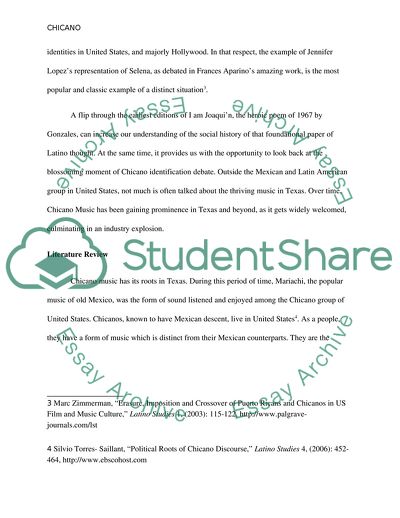Cite this document
(History and Development of Chicano Music in the United States Research Paper, n.d.)
History and Development of Chicano Music in the United States Research Paper. https://studentshare.org/music/1828241-chicano-music-in-the-united-states
History and Development of Chicano Music in the United States Research Paper. https://studentshare.org/music/1828241-chicano-music-in-the-united-states
(History and Development of Chicano Music in the United States Research Paper)
History and Development of Chicano Music in the United States Research Paper. https://studentshare.org/music/1828241-chicano-music-in-the-united-states.
History and Development of Chicano Music in the United States Research Paper. https://studentshare.org/music/1828241-chicano-music-in-the-united-states.
“History and Development of Chicano Music in the United States Research Paper”. https://studentshare.org/music/1828241-chicano-music-in-the-united-states.


